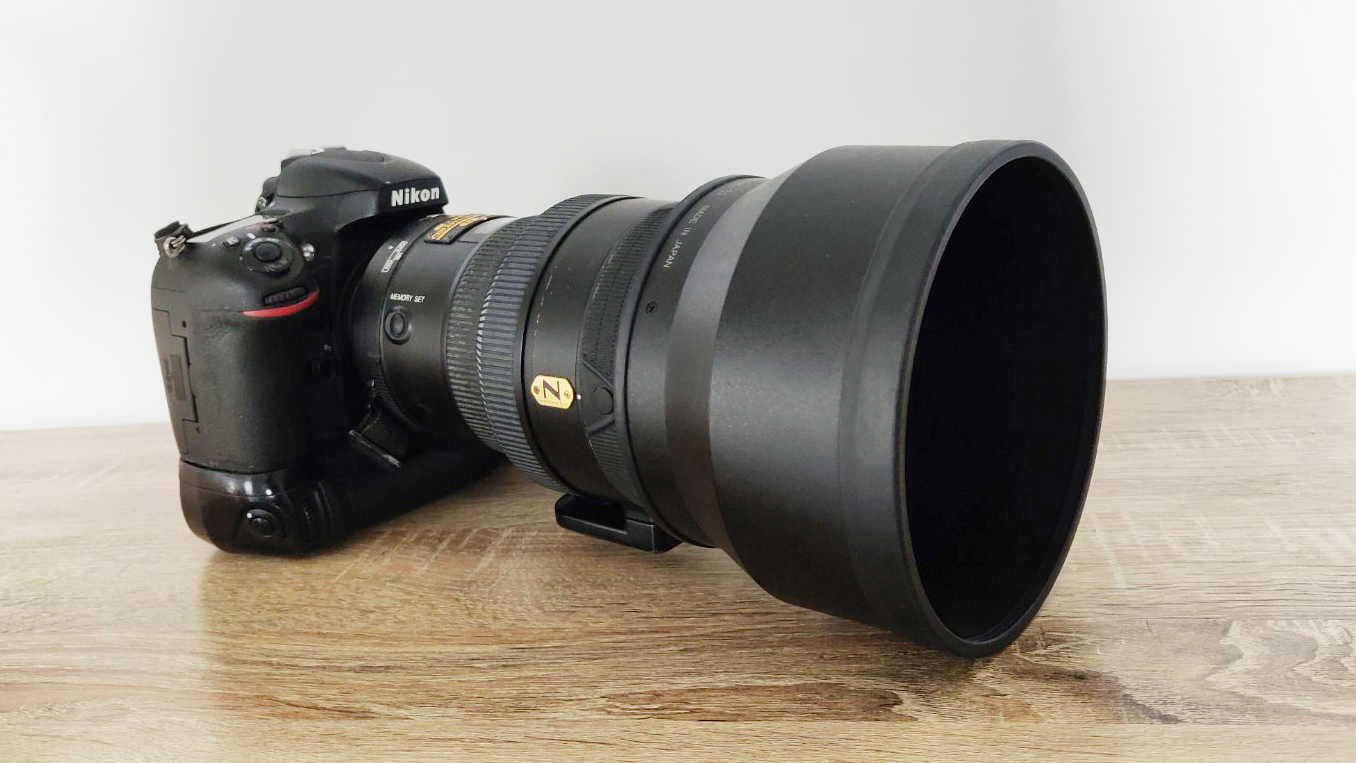Under 35? Here's How Your TFSA and RRSP Stack Up

Under 35s are using TFSAs and RRSPs to grow their investments tax-free and build a retirement pool. Are your savings in line with the average? Rising inflation and interest rates in 2022 and 2023 reduced consumer spending and pushed Canadians towards savings. The Canada Revenue Agency (CRA) also pushed savings by increasing the Tax-Free Savings (TFSA) limit to $6,500 in 2023 and introducing the First Home Savings Account (FHSA). According to Statistics Canada data from the 2023 tax filing, tax filers in the 25–34 age group reported a median TFSA contribution of $4,500 and a median Registered Retirement Savings Plan (RRSP) contribution of $4,000. There was a balanced allocation between retirement and other savings. Interestingly, tax filers with taxable income above $40,000 had a median contribution of $8,000 in an FHSA, hinting that house buying could increase in the future. These contributions were only for 2023. Comparing your TFSA and RRSP savings with the median can give you a fair idea of how your savings are placed. Under 35 has $11,980 stacked up in a TFSA According to Statistics Canada, singles under 35 had median assets worth $11,980 in their TFSA in 2023. This includes the net amount left after contributions and withdrawals. If you are 30 years old in 2025, your TFSA contribution room was $62,500 in 2023. The average TFSA balance was less than 20% of the contribution room because income is low in the early years of a career. Nevertheless, now is a good time to invest in a TFSA and make the most of the contribution room, as it allows your money to grow tax-free and you can even withdraw tax-free. Remember, time in the market is more beneficial than timing the market. If you find it difficult to invest a large amount in one go, adopt a disciplined investing approach. Every month, contribute 10% of your income to the TFSA. If you earn $4,000 a month, a $400 TFSA contribution might seem doable. As your income grows, so will your TFSA contribution. Under 35 has $16,220 stacked up in an RRSP According to Statistics Canada, singles under 35 have a median asset worth of $16,220 in an RRSP in 2023. The RRSP balance is higher than the TFSA. One possible reason could be that RRSP withdrawals are taxable, which encourages Canadians to stay invested and spend time in the market. Following a similar discipline in a TFSA and staying invested can help you build tax-free wealth. Two TFSA stocks for under 35 Within a TFSA, you can build two portfolios: a core portfolio of evergreen growth stocks and a satellite portfolio of opportunistic stocks. An evergreen stock worth considering is Descartes Systems (TSX:DSG). The stock is caught in a seasonal dip and a bear market amidst the trade war. However, its secular growth is intact. Its Global Logistics Network and supply chain solutions, such as customs clearance and trade intelligence, have ample demand. Descartes’s stock can continue to deliver an average annual growth rate of 20% in the long term as trade complexities increase cross-selling opportunities for Descartes. You can consider buying this stock in the second quarter of every year when it is seasonally weak, accumulating the dips. A $400 investment in Descartes in April 2015 would be $3,066 today. If we add up $400 for the last 10 years, the amount could be significant. Doing a rough calculation, a $1,200 investment every year ($400 x 3 months) for 10 years can grow your invested amount to $12,000 and portfolio value to $36,000, with the stock expected to grow at a compounded annual growth rate of 20%. Opportunistic stocks to buy in a TFSA Shopify (TSX:SHOP) could be an opportunistic buy now before it rallies 50–60% during the holiday season. There are fears of an economic slowdown amid the trade war. However, the Buy Canadian campaign and interest rate cuts could support local spending and drive holiday season sales. Even if Canada witnesses a tepid holiday season this year, the next year could see a sharp jump. This is a stock to buy in the second quarter and sell in the first quarter to make the most of seasonality.


















